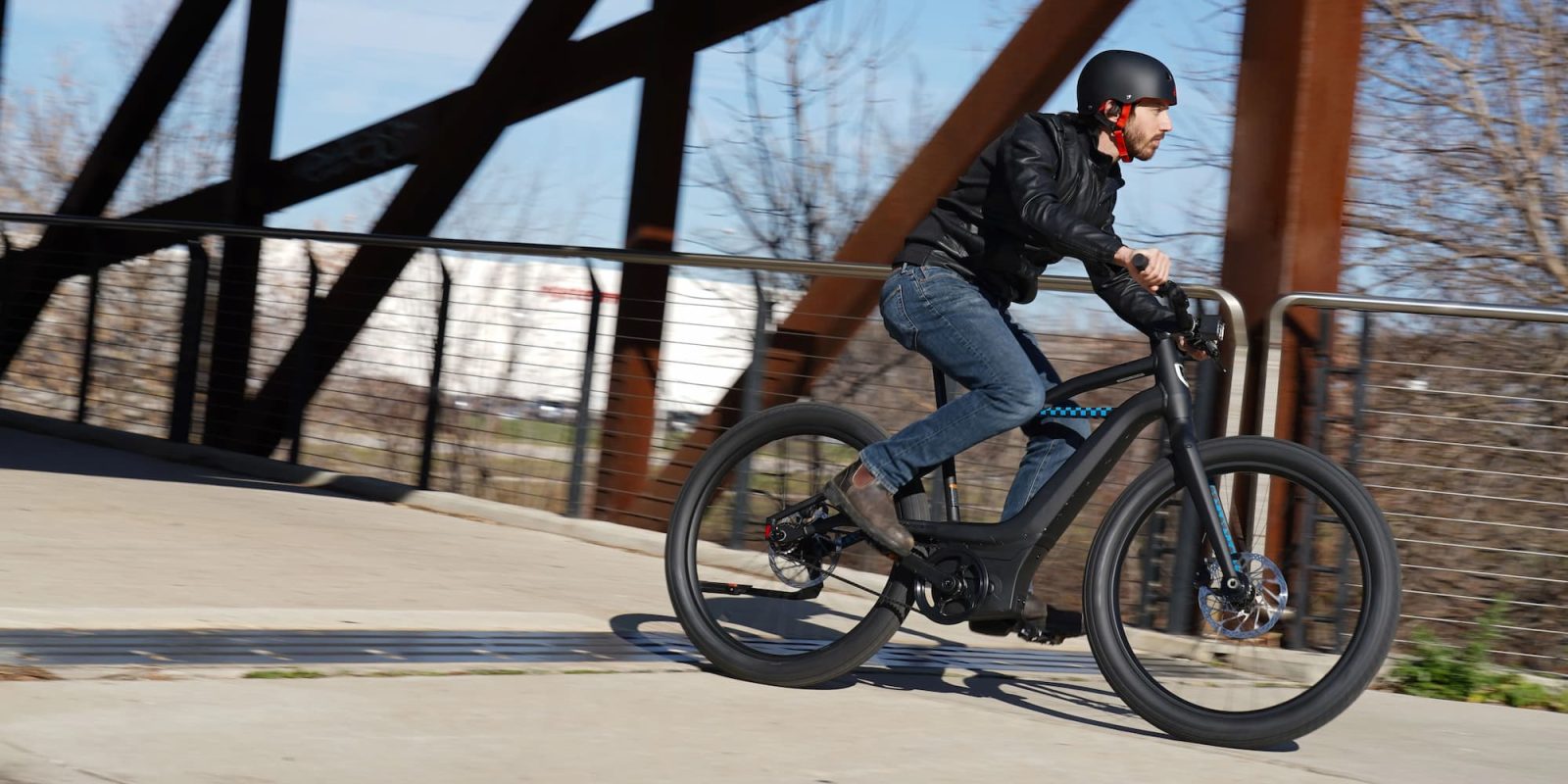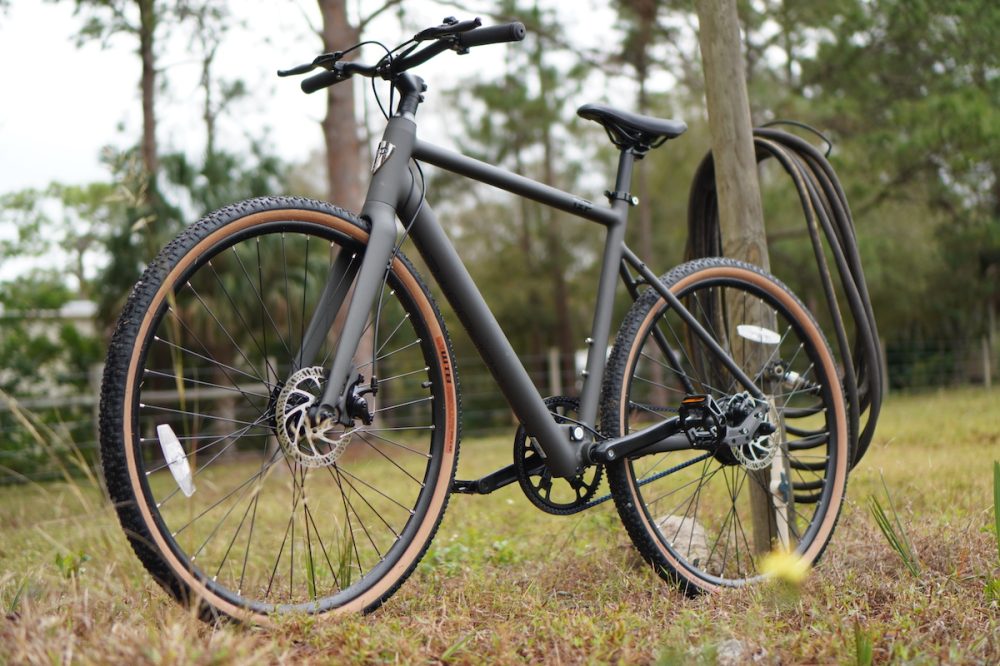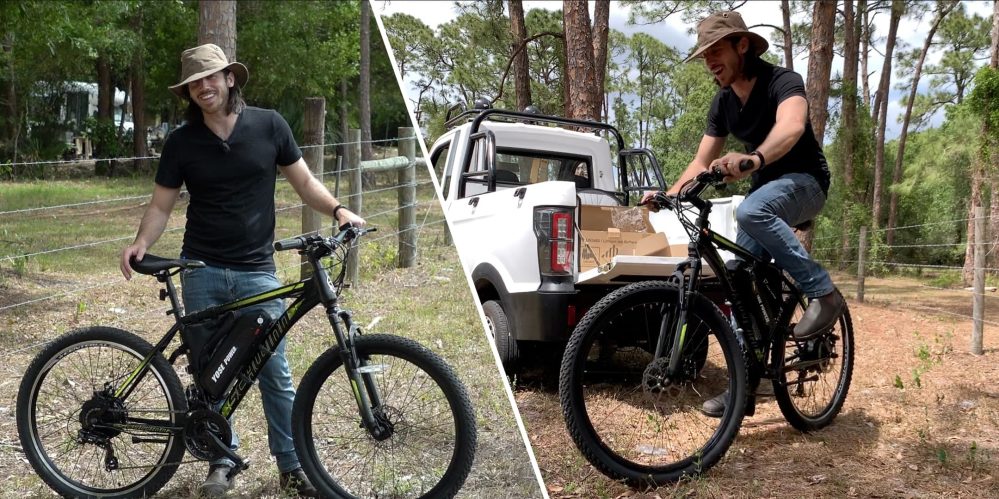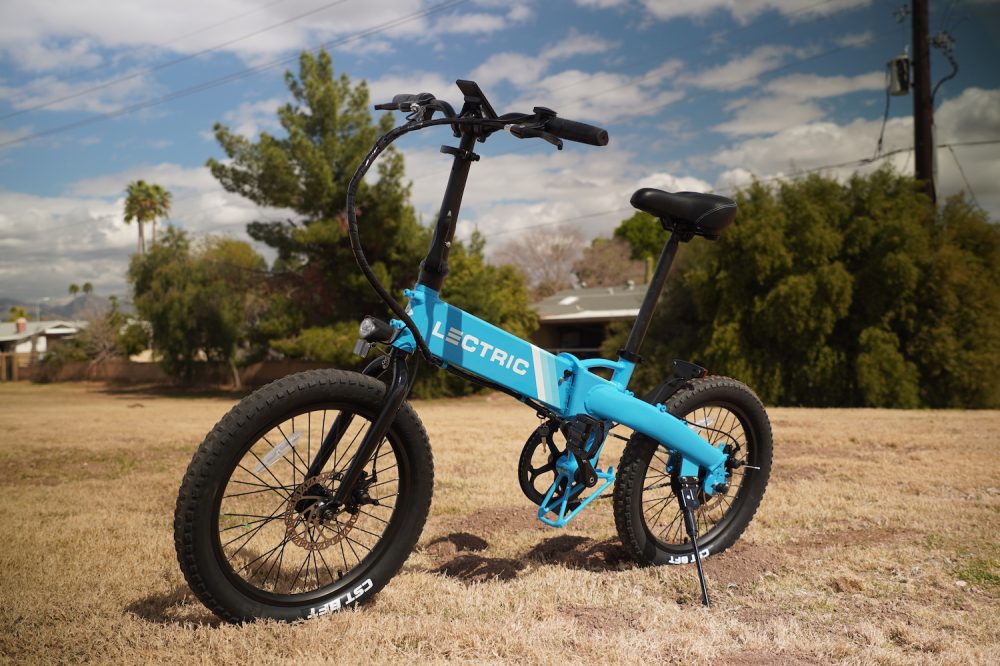
May is National Bike Month in the United States. With a combination of more cities focusing on walkability/bikeability as well as an increasingly alarming outlook on climate change, a larger discussion on switching to smaller vehicles couldn’t come soon enough.
But for those who never considered switching to a bicycle before, it may be time to take a second look. And that’s because with the invention and subsequent skyrocketing in popularity of electric bikes, switching from an expensive and polluting car to a cheap and efficient two-wheeled alternative is easier than ever. In fact, I go nearly everywhere by electric bike and I barely even touch pedal bikes anymore. Here’s why.
A quick disclaimer about pedal bikes
Pedal bikes, or “acoustic bikes” as we often quip in the electric bike world, are incredible. I think they’re one of the most important transportation inventions of all time, perhaps only after the wheel itself.
If you came here for an opinion bashing pedal bikes, then you’re in the wrong place. This is not an attack on pedal bikes, and I think that anyone who can ride one, should ride one. They’re fun, enjoyable, healthy, and accessible. If 10% of commuters switched to pedal bikes today, we’d be in an immensely better world.
But here’s the thing. Not everyone can or even desires to ride a pedal bike. In fact, I find that I get all of those same benefits, plus many more, from my electric bikes.
And the one big downside to pedal bikes, which is pretty much the main reason I don’t ride them, is that they just require so much physical exertion for me to use them for anything other than fitness purposes.
For example, let’s talk about utility riding, where speed and convenience are often the name of the game.

Speed and convenience
For me, the most common use for cycling is transportation. I’m at point A, and I need to arrive at point B soon. A bike is a tool to get me there. And since I live in a city, it’s a tool to get me there much, much faster than a traffic-afflicted car.
By making use of bike lanes and the inefficient space left between cars, I can wiggle my way through the worst traffic jams. And I can do it even faster on an e-bike – usually up to around 40 km/h (25 mph) while cars crawl along much slower in traffic. In the US where electric bike laws are laxer, speeds of 45 km/h (28 mph) are possible on loads of e-bikes available to commuters.
But when I’m heading out to join a group of friends, going to a meeting, or just embarking on any other daily transportation need, I don’t want to be sweating profusely when I get there. And on a pedal bike, that would be a given.
But with my e-bikes, I can do the same route (usually in less time) and decide how much exertion I’m prepared for. On my pedal assist e-bikes (that lack hand throttles), I can dial the electric motor’s assist level up or down depending on how hard I want to work. On my e-bikes that do have throttles, I can ride them like a motorcycle and treat the pedals like foot rests. The wind in my face is the best air conditioning I can ask for, and I arrive wherever I’m going in less time and with a bigger smile than if I had been in a car or on a pedal bike. Oh yeah, and I’m dry (or just a little bit sweaty if I felt like pedaling a bit, but not drenched in sweat like I would be on a non-electric bike).

And I know that many pedal cyclists can easily hit the same 25 mph speeds or more. I sometimes get passed by road bikers on their morning fitness rides. So I’m not claiming that e-bikes are always faster than pedal bikes. But I’m not super interested in shaving my legs, squeezing into a leotard, hopping onto a $5K carbon road bike, and pedaling like crazy while I chug from the several water bottles I have holstered on my back. That’s not why I ride. I ride to get somewhere in my city more quickly and easily than I could in a car.
The fact that electric bikes don’t require as much exertion also means they are great for utility jobs like riding home with a week’s worth of groceries in front and rear baskets. That’d be a slog if you had to pedal a few dozen pounds of extra gear around, but the electric motor makes it both easy and fun!
Same goes for carrying passengers on an e-bike. That’s a recipe for a disastrously slow and painful ride on many pedal bikes, especially if your passenger is a full-size adult or multiple kids on the way home from school. But e-bikes make it easy to carry both kids and adults on the bike with you, whether you’re pedaling or making liberal use of a throttle.

And these days, it’s becoming easier than ever to find a good electric bike. I started riding e-bikes well over a decade ago. At the time, there were five electric bikes in my city of 500,000 people, and I owned three of them. E-bikes were an enigma.
Oh yeah, and I had to build them myself since e-bikes were nearly unobtainable from retail companies.
But those were the old times. Today there are literally hundreds of e-bike companies each with several interesting models. There are e-bikes for all budgets ranging from several hundred dollars to several thousand dollars.
It’s never been easier to find a good e-bike to fit a specific rider’s needs in that specific rider’s budget.

Fitness
Fitness is the biggest argument I hear from the pedal bike community regarding why “e-bikes are bad, mmkay?”
The saying goes that if you want to exercise, get a pedal bike, and if you want to be lazy, get an e-bike. But here’s the thing: That’s so wrong it’s nearly comical. Study after study after study after study has documented the fitness benefits of riding an electric bike (when actually using pedal assist instead of a throttle).
In fact, some studies that tracked long term e-bike ownership and usage have actually found that e-bike owners got even more exercise each week than pedal bike owners. The reason often relates to the fact that e-bikes can be more enjoyable due to the motor “taking the edge off” of the worst hills and lowering the extreme exertion during some points of rides, which results in many riders either staying out longer to ride farther, or riding more often during the week. The end result is they get more exercise than they would on a non-electric bike.
In addition to all of these documented studies, I can offer you a bit of my own anecdotal evidence. I’m fortunate enough to live right on the coast and I try to start each morning by walking my dog on the beach. My fitness tracker tells me that when I’m walking in deep sand, my heart rate increases from my resting HR of around 48 to somewhere around 105-115. For reference, running brings me higher to around 150 bpm. In other words, sand walking is a moderately exerting activity, and certainly more than a walk on nice smooth pavement, which puts me in the 90 bpm ballpark. When I go on leisurely e-bike fitness rides with modest pedal assist, my HR again lands in that same 105-110 bpm range. So essentially, when I ride my e-bike for an hour, I’m getting the exercise equivalent of an hour-long walk on the beach. That’s a pretty nice exercise benefit in addition to the fun and thrill that a ride offers. Plus, if I was knocking out two birds with one stone by getting my exercise as at the same time that I’m already commuting or running errands, even better!
And the idea that electric bike riders “are simply lazy” couldn’t be further from the truth. I’m pretty active in the e-bike industry and have gone about as deep down this rabbit hole as anyone can. By and large, I find that electric bike riders that I meet are fitter than the average person in their country. I don’t know if that’s a chicken and egg situation or not, but the two simply seem to go together. In my case, I don’t even ride my e-bikes for fitness as much as I do for transportation. I run three to five miles a day to be healthy, and I usually ride my e-bikes fast on throttle to get where I’m going, saving pedal assist for when I actually want some fitness riding. But if you’re the kind of person that can find yourself on two-wheels, electric or pedaling, then you’re probably going to be the kind of person who is either generally aware of the benefits of a healthy lifestyle or you’re about to be pleasantly surprised that you accidentally started getting healthier after you switched from a car to an e-bike. Either way, you’re going to be in a good place.

Cost
Cost is seemingly the one area where pedal bikes seem to win out. There’s no beating around the bush here. An entry-level pedal bike costs significantly less than an entry-level electric bike.
Look no further than Wal-Mart for a perfect example. You can walk out of that store with a cheap cruiser bike for $184. But an electric version of that same bike will set you back $698. That’s an extra $500 to toss on some electric assist. I generally don’t recommend going with a Wal-Mart bike for a number of reasons, but the economics in that example are pretty clear.
Here’s the thing though: There’s more to the story. An entry-level pedal bike is going to basically be a piece of junk. The brakes are junk. The shifters are junk. The cables will rust nearly instantly. The wheels often aren’t even true when you spin them.
But on even entry-level electric bikes, the stakes are higher so the parts are usually better. You’ll start out with better brakes, tires, etc.
It’s not altruistic. It’s just that their lawyers know you’ll be going faster and riding more, and so putting better parts on is cheaper for the manufacturer than paying lofty settlements later (or for a bit less dark reason, perhaps using better parts also protects against plunging brand reputation when those cheaper parts would degrade more quickly on a higher mileage electric bike).

Whatever the reason, e-bikes will generally be built better and use more robust parts, when compared to the same entry-level or mid-level models in the pedal bike world. They’ll still be more expensive, but you get more and are likely to use it more.
And if you’re moving from a car to an e-bike, the cost savings will start to stack up immediately. Consider the instant savings of buying less gas, getting free parking, spending less on wear and tear from your car’s maintenance bill, etc.
While e-bikes are admittedly more expensive than pedal bikes, there are still plenty of good e-bikes in the three-digit ballpark, so don’t think that you have to spend thousands of dollars to get a decent electric two-wheeler. Spending more of course helps you climb the quality ladder and get more features, but it’s not a requirement for a decent ride.
Are electric bikes “better”?
This probably sounds like a competition, but I’m not trying to pit pedal bikes against electric bikes.
It’s not that one is inherently better. However, one is definitely better for me. And that’s the key takeaway here. Each person is different, and each person has to make this calculus individually. But the fact that most people aren’t riding bikes now is largely because most people just aren’t interested in pedaling to go everywhere. (And it’s also because cycling infrastructure sucks, but we’re slowly working on that.)
Since the main impediment to cycling is having to cycle one’s legs, electric bikes simply make good sense. They offer all of the benefits of pedal bikes, including the fitness (if desired), and yet are even more fun to ride while offering improved utility, to boot! If you can ride a pedal bike every day, then that’s awesome. But if you can’t or won’t, then consider an e-bike to be the equivalent of swimming with flippers on. You’re still swimming – it’s just easier, faster, and more fun.
So if you’ve previously thought that a bike sounds nice but isn’t practical for you, it might just be time to think again.
FTC: We use income earning auto affiliate links. More.





Comments